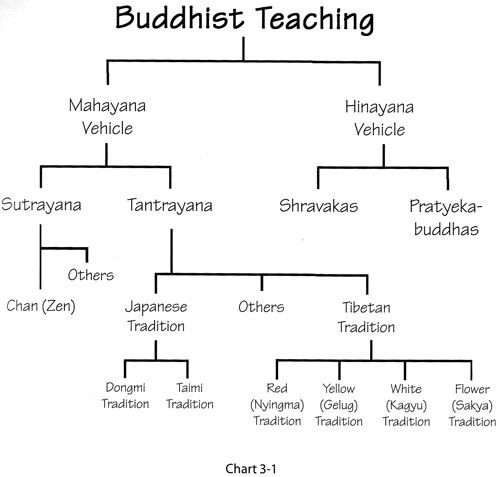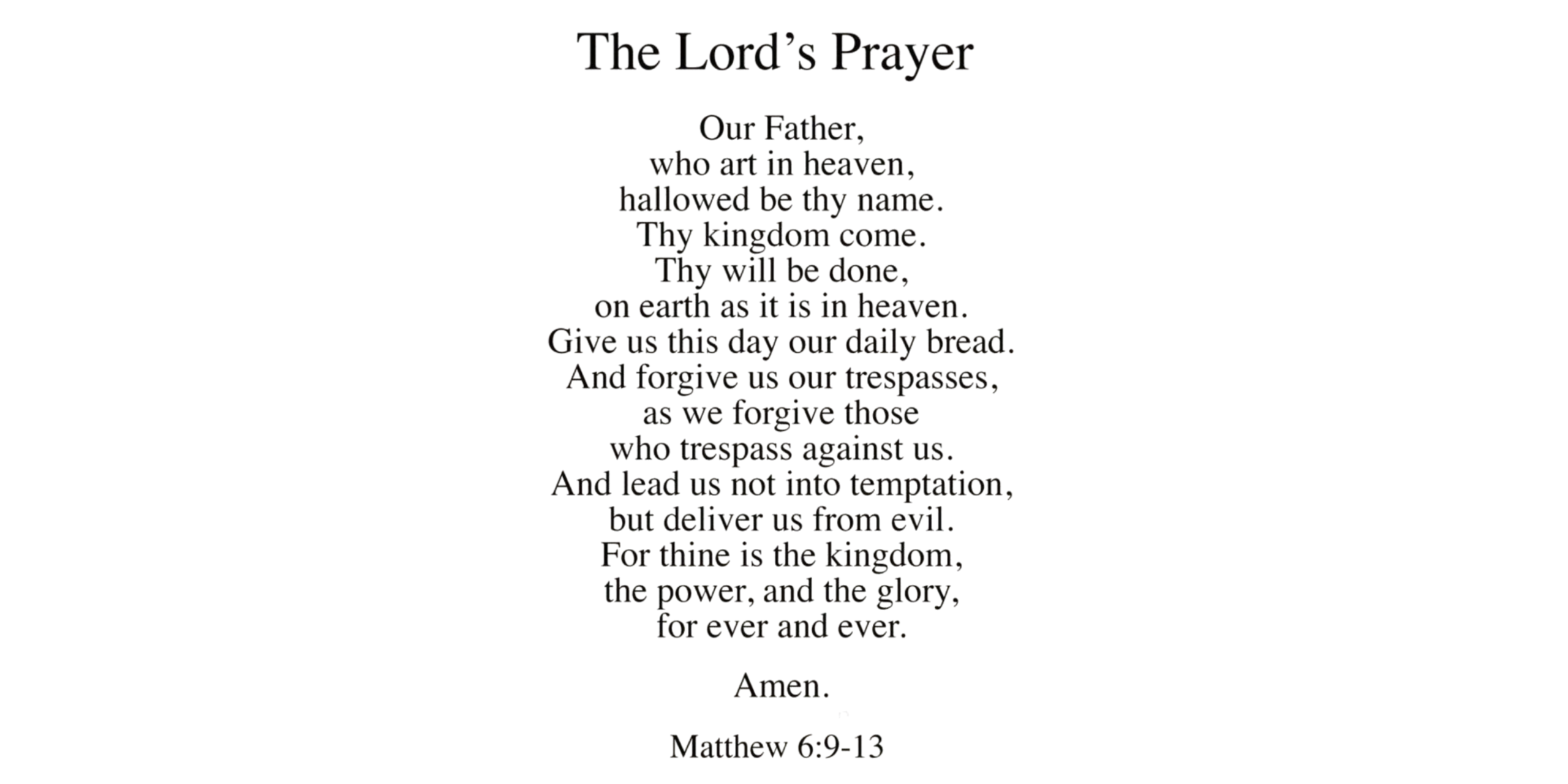Prayer is one of the most universal human experiences. Across cultures, religions, and spiritual traditions, people turn to prayer in moments of joy, sorrow, confusion, and gratitude. But beyond its religious significance, prayer has a profound effect on the human mind – shaping emotions, reducing stress, and even improving overall well-being. It even helps to seek connection, guidance, or solace in challenging times.
A Universal Form of Communication
At its core, prayer is a form of communication. Whether spoken aloud, silently meditated upon, or written in a journal, it represents an intimate exchange—either with a higher power or with one’s inner self. It is not confined to a particular belief system. From Christianity and Islam to Hinduism, Buddhism, and indigenous traditions, prayer appears in many forms. For some, it’s a conversation with God; for others, a moment of introspection and inner alignment.
What Happens to the Brain During Prayer?
Neuroscience has begun to uncover what spiritual traditions have long known: prayer alters the brain in measurable ways. Using tools like fMRI scans, researchers have found that prayer and meditation activate specific areas of the brain associated with focus, emotional regulation, and connection.
Here’s what current research suggests:
- Reduced Stress: Prayer activates the body’s relaxation response, lowering cortisol (the stress hormone) and calming the nervous system.
- Enhanced Emotional Control: Regular prayer strengthens the prefrontal cortex, the part of the brain responsible for decision-making and emotional stability.
- Increased Connection: People who pray often report feeling connected to something greater, which can alleviate loneliness and promote compassion.
In essence, prayer functions similarly to meditation. It helps quiet the mind, center thoughts, and bring attention to the present moment – fostering a sense of inner peace.
Personal Reflections: Beyond the Science
While science offers fascinating insights, prayer is often best understood through personal experience. Think back to a moment when life felt overwhelming. A quiet pause, a whispered prayer, or a moment of stillness may have restored hope and balance.
- A Moment of Comfort: After a hectic day, sitting quietly and letting thoughts flow freely can feel like a deeply personal conversation – with God, the universe, or oneself. It becomes a space to express gratitude, seek guidance, or simply release emotions.
- Finding a Safe Space: In our fast-paced lives, prayer creates a pocket of safety – a place where worries momentarily fade. It soothes the restless mind, much like a lullaby calms a child.
- Building Resilience: Over time, these reflective moments build mental resilience. Prayer becomes a quiet reminder of inner strength and the capacity to face life’s storms with grace.
This blend of scientific insight and emotional depth reveals the quiet beauty of prayer – it’s not merely about ritual, but about connection, grounding, and healing.
Stories of Transformation
Prayer becomes truly powerful when seen through the lens of personal stories. Countless individuals have experienced transformative shifts through this practice, often during life’s most difficult chapters.
- A Lifeline in Crisis: Many share how prayer became their anchor when anxiety and stress felt unbearable. In those fragile moments, prayer provided reassurance and a sense of being supported by something greater.
- A Source of Peace: Even amid turmoil, some found peace through prayer. The act itself became a sanctuary—allowing them to face daily challenges with renewed calm.
- Rediscovering Purpose: For others, prayer served as a path back to purpose. In repeating this daily practice, they were reminded that life, even in its struggles, holds moments of beauty and meaning.
- Connection Through Community: Participating in group prayers or spiritual gatherings also fosters a sense of belonging. These shared experiences offer emotional support and deepen bonds that extend beyond the spiritual realm.
These stories aren’t just anecdotes – they are expressions of human resilience. They show that prayer is not an outdated ritual, but a living, breathing part of many people’s coping strategies and growth journeys.
Personal Stories: The Transformative Power of Prayer
Interestingly, the spiritual and scientific perspectives on prayer often converge. While science can track neural activity and hormonal changes, it can’t fully explain the personal meaning or emotional relief people experience through prayer.
Here are a few parallels between these perspectives:
- Calmness:
- Scientific: Prayer reduces stress markers in the body.
- Personal: It offers an inner calm – subtle, yet deeply comforting.
- Emotional Clarity:
- Scientific: Regular prayer can enhance neural pathways associated with positive emotion.
- Personal: It helps individuals process feelings and find emotional clarity.
- Resilience Through Routine:
- Scientific: Repeated practices like prayer can reshape the brain due to neuroplasticity.
- Personal: This repetition cultivates hope and strength during tough times.
By recognizing both the measurable effects and the intangible emotional impact, we appreciate prayer as both an art and a science with its dual nature. It is an art and a science, a practice that nurtures the soul and the body alike.
In a world that often feels overwhelming and noisy, prayer provides a quiet refuge. It’s not a magic solution, but rather a gentle reminder to pause and reconnect – with ourselves, with a higher power, or with something beyond the material world.
Through prayer, we discover:
- Calm Amid Chaos: A moment to breathe and collect our thoughts.
- Clarity in Uncertainty: A chance to gain perspective when life feels murky.
- Resilience: The strength to navigate ups and downs with an open heart.
The value of prayer lies not in the form it takes but in its ability to foster reflection, hope, and emotional balance. It encourages us to embrace stillness, appreciate small blessings, and reconnect with what truly matters.
Making Prayer Meaningful
Prayer doesn’t have to follow a strict format. Regardless of your belief system, here are simple ways to make it a meaningful part of your routine:
- Keep It Simple
A heartfelt “thank you” or a few moments of stillness can be as powerful as formal prayers. - Create a Ritual
Lighting a candle, holding a personal object, or choosing a regular time each day adds structure and depth to the experience. - Explore Different Forms
- Gratitude Prayer: Focus on what you’re thankful for.
- Intercessory Prayer: Pray for others.
- Meditative Prayer: Sit in silence with a word or emotion in mind.
- Release Expectations
Prayer isn’t about immediate results. It’s about the practice – reflecting, connecting, and letting go.
Prayer as a Tool for Inner Peace
Prayer, in its many expressions, remains a timeless and universal practice. Whether seen as a sacred dialogue, a form of mindfulness, or a deeply personal ritual, its impact on mental health and emotional well-being is undeniable.
At its core, prayer reminds us that we are never truly alone. It offers comfort in struggle, clarity in confusion, and hope in darkness. As you move through life, let prayer be your gentle companion – grounding you in the present and guiding you with quiet strength.
At Masi Wellness, we encourage you to explore practices that resonate with your own beliefs and experiences. Prayer, in its many forms, can be a valuable tool in your journey towards greater well-being. It’s not about dogma or rigid rules, but about finding moments of connection and stillness that nourish your mind and spirit.







